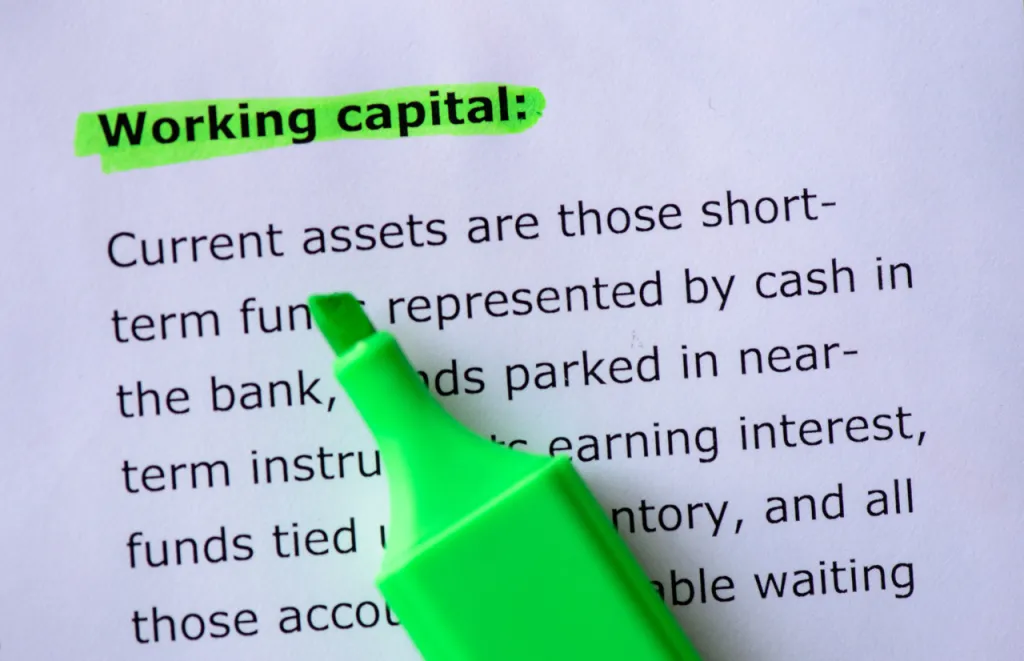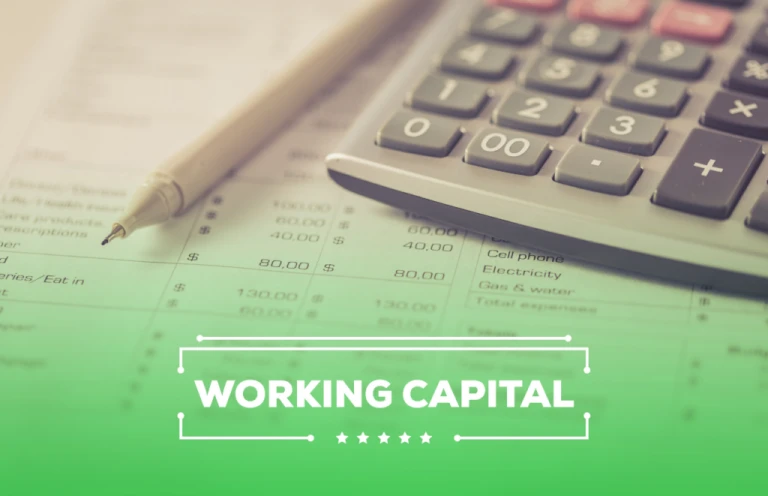Working Capital – Everything you need to know

When it comes to running a business, cash flow is key. To keep the engine running, you need working capital: funds used to finance day-to-day operations and pay for things like payroll, inventory, accounts receivable, and more. But what exactly is working capital? How do businesses manage their cash flows? In this blog post, we’ll explore in detail all you need to know about working capital, including different ways to calculate it and how to grow it for your business. Read on to learn more!
What is Working capital?
It is a short-term financial position indicator that measures an organization’s overall efficiency. It is calculated by deducting current liabilities from current assets and is shown directly on the balance sheet.
Current assets are money kept in a bank and assets that can be converted into cash in the event of an emergency. Current liabilities are debts that an individual will pay off within the year. Finally, it is the money that remains after subtracting liabilities from an individual’s bank account.
Cash, accounts receivable, and inventory are examples of current assets. Wages, taxes, and interest are examples of current liabilities. It is also used to assess a company’s financial health in a broader sense. For the short term, if there is a larger difference between what a company owns and what an individual owns, the business will be healthier. If the company owes more than it owns, it will have negative working capital and may have to close its doors.
Why is it essential?
Working capital is only used to fund operations, meet short-term obligations, and maintain sufficient WC. Even if they are experiencing cash flow difficulties, it continues to pay its employees and suppliers in order to meet other obligations such as taxes and interest payments.
It can also be used to fund business expansion without incurring debt. If the company does not want to take a loan, their positive WC allows them to easily qualify for loans or other forms of credit.
Several financial teams have primarily two objectives in mind:
- To have a clear goal and an understanding of how much cash is available at any given time.
- To collaborate with multiple businesses while maintaining sufficient working capital to cover liabilities.
Types of working capital
It is classified into the following categories:
- Gross WC
- Net WC
- Permanent WC
- Regular WC
- Reserve Margin WC
- Variable WC
Gross WC
The total value of the company’s current assets is referred to as gross working capital. Cash, receivables, short-term investments, and especially market securities are examples of current assets.
Gross WC does not include current liabilities. The difference between existing assets and current liabilities can be used to calculate gross WC.
The difference is the actual WC available to the company to meet its obligations.

Net WC
The difference between the company’s current assets and current liabilities is its networking capital. If a company’s assets exceed its current liabilities, it has positive WC and is in a financial position to meet its obligations.
However, if the company’s assets are less than its current liabilities, it has negative WC and is in financial trouble.
The primary distinction between gross and net WC is that gross WC is always positive. In contrast, networking capital can have either a positive or negative value.
Permanent WC
Permanent WC is the bare minimum of capital required to keep operations running without interruption or difficulty.
For example, a company will require minimal cash to keep operations running smoothly; in this case, the minimal amount of money required will serve as permanent WC.
Regular WC
It is the amount of money that a company needs to run its day-to-day operations. Regular working capital includes cash used to pay wages, raw materials, and salaries, for example.
Reserve Margin WC
Aside from day-to-day operations, a business may require some capital to deal with unforeseen circumstances. Reserve margin WC is simply money set aside in addition to regular WC. These funds are kept separate in case of unexpected events such as floods, natural disasters, storms, and so on.
Variable WC
It is defined as capital invested in the business for a short period of time. Variable WC can also be referred to as fluctuating WC.
Such capital varies according to changes in business assets or business size. In addition, variable capital is divided into two parts:
- Seasonal Variable Working Capital – It is the amount of money set aside to meet seasonal demand if the company operates seasonally.
- Special Variable Working Capital – The temporary increase in working capital caused by an unforeseen or occurrence of a special event is referred to as special variable working capital.
What happens if the company has low Working Capital?
It means it has few current assets and many current liabilities. A low net capital, on the other hand, does not imply that the company is losing money.
It reflects the company’s short-term financial health, and lower financial health indicates that the company has invested large sums of money in something that may yield higher returns.
If a company has met its financial obligations despite having insufficient WC, it demonstrates dependability and the ability to manage finance effectively.
Negative WC occurs when current assets are less than current liabilities and, if sustained for several months or years, can lead to bankruptcy.
Follow us on Instagram.
Acronyms – WC (Working Capital)









